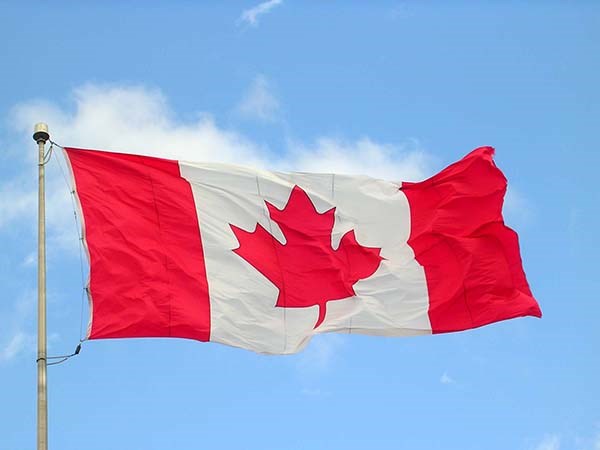Canada has reached an agreement with 10 other nations on a revised Trans-Pacific Partnership (TPP), a move that will likely strengthen Ottawa’s hand in its ongoing North American Free Trade Agreement (NAFTA) negotiations with Washington.
That is the observation of one Vancouver academic observer, who added that the agreement may signal Canada’s shifting foreign strategy on leading a new kind of economic globalization as the Canadian economy becomes more reliant on international trade.
“The agreement gives [Canadian Prime Minister] Justin Trudeau a certain leadership role in this new type of globalization,” said Gerardo Otero, professor of international studies at Simon Fraser University. “It’s free trade with some domestic protection involved; it’s not about an all-out globalization, which was the name of the game in the 1980s. This is globalization with a human face.”
The TPP was originally part of former U.S. president Barack Obama’s pivot-to-Asia strategy linking 12 nations (including two of the world’s three largest economies in Japan and the United States) to create an economic zone to advance global trade regulations and, in some views, to rival China’s meteoric rise as a global market force.
That deal was originally signed in early 2016 after up to eight years of negotiations, but it was scuttled by current U.S. President Donald Trump when he pulled the United States out of the deal. The remaining 11 countries decided a few months later to revive the TPP without U.S. involvement, an initiative dubbed TPP-11 to reflect its new membership numbers.
Reports indicate that Canada was able to iron out several concerns between November and now to agree to TPP-11, including a suspension of investor-state dispute settlement mechanisms that would allow a foreign company to sue Canadian governments in the case of a breach of contract.
“That move preserves the sovereignty of Canada as country, so it’s absolutely the logical thing to do,” Otero said, adding that Ottawa might also have secured more lenient intellectual property rules that would limit the influence on large pharmaceutical companies in Canadian markets.
He also noted that a higher percentage of Canada’s GDP now depends on foreign trade – roughly 60%, compared with about 40% in the 1980s – and Canada’s about-face on the TPP might reflect Ottawa’s concerns about NAFTA’s uncertainty, as well as the negotiation of other major deals such as a bilateral free trade agreement (FTA) with China.
“The United States has to understand that, for Canada, the U.S. will always be the most important market,” he said. “But it’s also not the only market. Unlike 25 years ago, when there are not many alternatives taking part in global trade, globalization has made other countries more friendly, and there are more partners out there. It’s a fantastic time of Canada to diversify [its] partnerships, regardless of what happens with NAFTA.”



